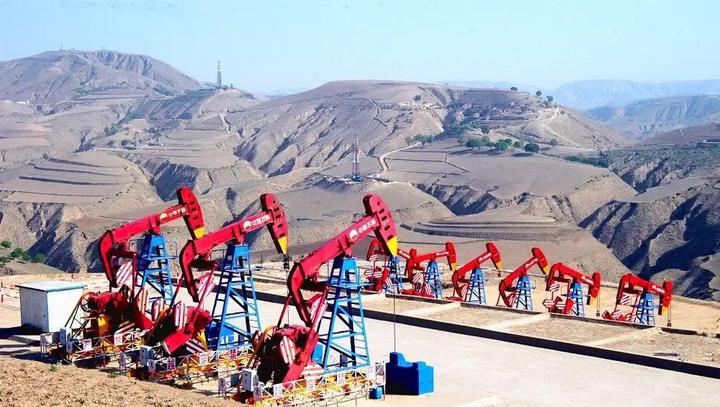The Future of Oil and Electric Vehicles in China
As major oil-producing nations pivot towards renewable energy and electric vehicles, China’s domestic oil resources can be better utilized for high-value petrochemical products instead of fuel, aligning with global energy transition trends.

The global automotive and energy landscape is undergoing a profound transformation, with even the world’s largest oil producers embracing electric vehicles (EV). In Saudi Arabia’s capital Riyadh, the government has set an ambitious target of 30% new energy vehicle sales by 2030. Similarly, the United Arab Emirates aims for 15% EV sales and Qatar targets 10% by the same year.
This shift is particularly noteworthy in Norway, a major oil-exporting nation. Despite being the world’s 15th largest oil producer with daily production of 1.7 million barrels, Norway leads the world in EV adoption. The country plans to phase out internal combustion engine vehicle sales entirely by 2025, making it the first nation globally to do so. This seemingly paradoxical stance - being a major oil producer while aggressively promoting EVs - actually represents a sophisticated economic strategy.
The key lies in understanding that crude oil’s value extends far beyond fuel production. The petrochemical industry creates thousands of essential products, from plastics and synthetic fibers to pharmaceuticals and agricultural fertilizers. These downstream products often generate higher profit margins than fuel. The Daqing oilfield in China serves as an excellent example of this evolution. Despite having a water content of 95% in its crude oil production - approaching the 97% threshold where extraction traditionally becomes economically unfeasible - continued technological innovation has enabled not just sustained production but also development of high-value petrochemical products.
In the ethylene industry, a cornerstone of petrochemical manufacturing, China has already surpassed the United States to become the world’s largest producer. This achievement demonstrates how traditional oil-producing regions can transition from simple fuel production to sophisticated chemical manufacturing while simultaneously embracing electric mobility.
The rapid growth of China’s EV market has already reduced oil consumption significantly. In 2023, new energy vehicles replaced approximately 17 million tons of finished oil products, representing over 10% of total consumption. This reduction in fuel demand allows more petroleum resources to be directed toward higher-value petrochemical products, creating a win-win situation for both environmental protection and economic development.
These trends suggest that the future lies not in choosing between oil and electric vehicles, but in optimizing the use of petroleum resources while transitioning transportation toward cleaner alternatives. The success of this approach is evident in the rising popularity of hybrid and electric vehicles in China, which offer superior performance and efficiency compared to traditional internal combustion engines,